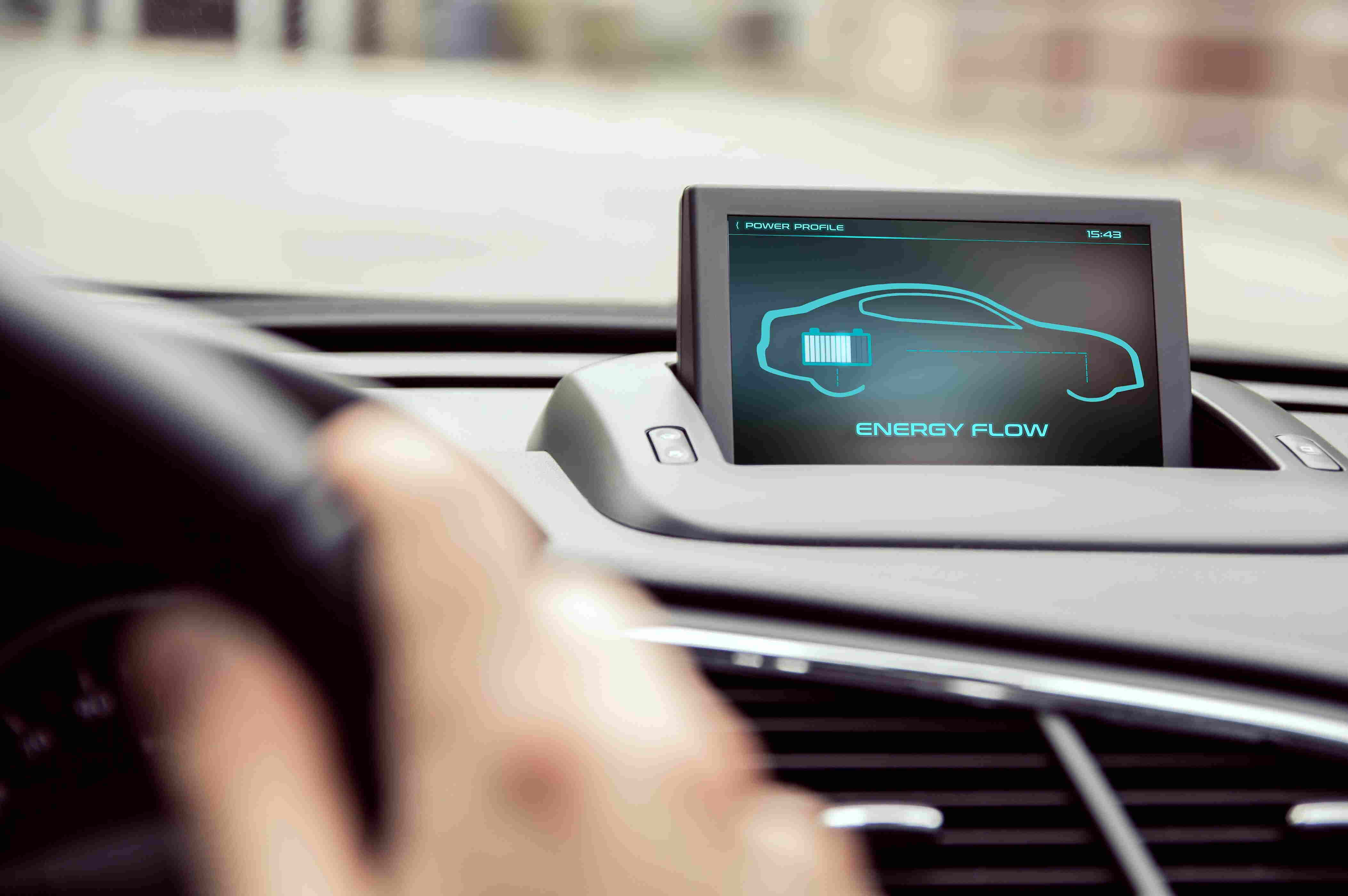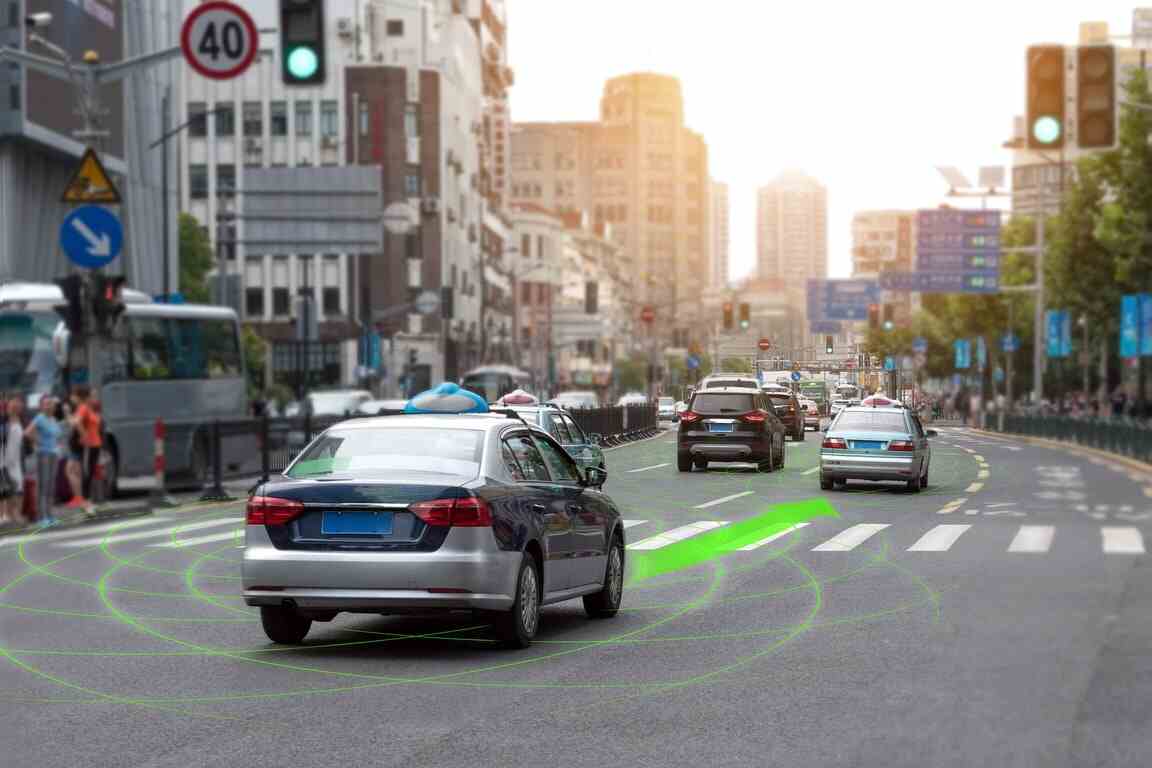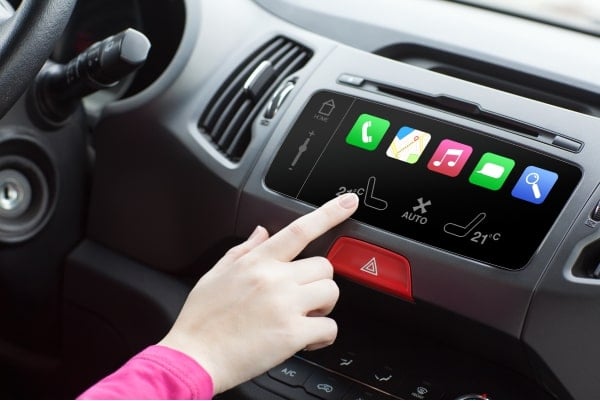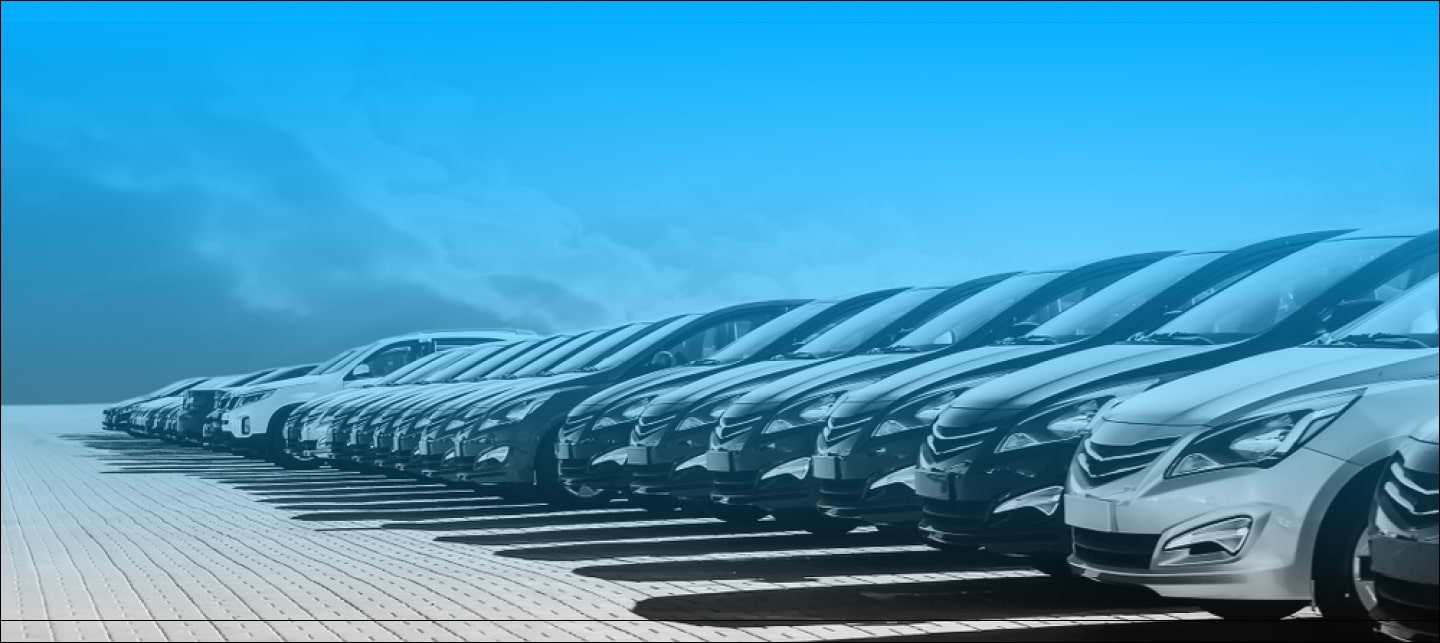
Image/Video Labeling Web App for the Automotive Industry
Machine learning-enabled, supports remote access through cloud storage
The client develops software products for major automotive companies. The software builds datasets and trains intelligent systems for safer traffic. The solution became outdated and required an upgrade.
Project Information
Fixed Price
Waterfall
Business Analyst
Machine Learning Team
Web Development Team
QA Team
Problem
The client had to label many images to train object detection systems manually. Due to on-premise data storage, the manual labeling was slow and irregular.
Softeq needed to upgrade the system to make it more productive. We had to migrate the solution to the cloud and redesign its architecture. This would allow labeling teams to access the system from any location and process the data faster.
Solution
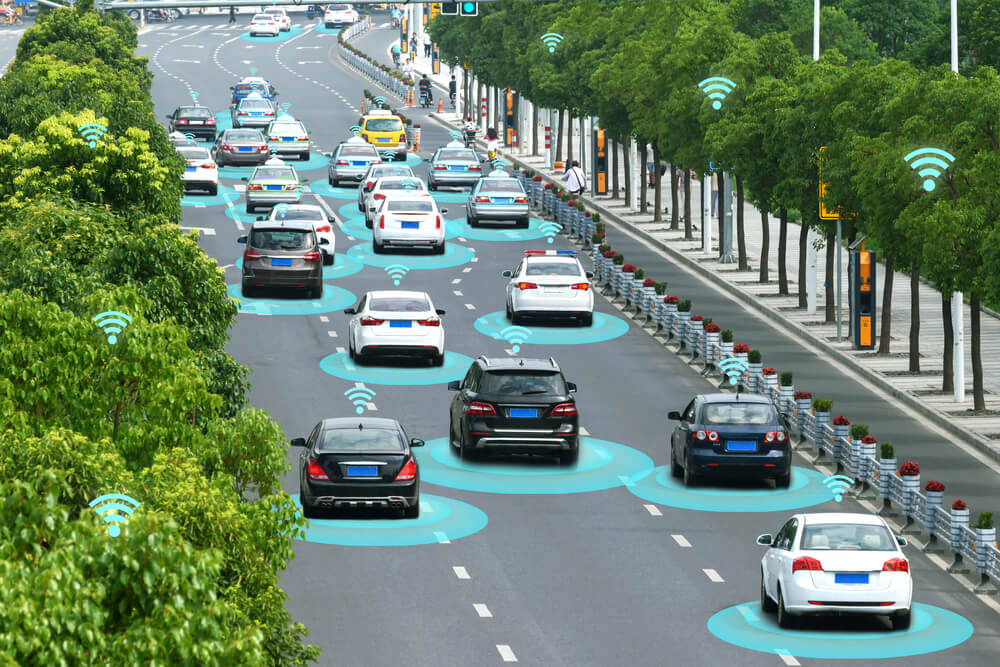
The solution is a standalone web application, which consists of 2 modules — Admin Panel and Workspace. Depending on the user’s role on the project, it allows performing specific actions. There are 5 user’s roles — Superadmin, Coordinator, Observer, Labeling Manager, and Labeler. The main functional responsibilities are shared between them.
A Labeler is able to:
- Annotate the objects with a geometric figure-shaped masks (triangle, circle, rectangular, trapezoid, etc.)
- Tag the objects
- Group the objects into relevant categories
Superadmin has the authority to:
- Manage organizations, users and labeling groups
- Upload videos
- Assign project roles, etc.
Coordinator is responsible for project and task management.
Observer and Labeling Manager control the labelers’ performance and project quality.
A labeler receives specific instructions in an .xml format. They contain the information on the objects, which require labeling (vehicles, pedestrians, road marking, road signs, etc). The files are stored at a remote media storage. The labeler manually annotates the objects, which have not been identified through the Machine Learning algorithms.
Currently, the app supports only low color depth videos, which means that the imported video files must be processed before the labeling. To prepare the video frames for manual labeling, the solution utilizes convolutional neural networks-based image preprocessing algorithms.
Challenge
The system and its media storages used to be located on the local servers in Berlin, while the majority of the labelers worked from remote locations. This caused regular connection problems and server response delays. To enhance the system’s consistency and reduce the server response time, the Softeq team migrated the application and its media storages onto the Azure Cloud.
To make the solution more scalable and distribute the resource-consuming operations between separate components of the system, the team also redesigned the solution’s architecture. Such system functions as caching, queue messaging, and containerization were delegated to external services — Reddis, RabbitMQ, and Docker, among others.
Take a Digital Leap Forward
Leverage our expertise in everything from SaaS and cloud infrastructure optimization to legacy revitalization See how
Result
During the first phase, the system and the media storages were successfully migrated to the Azure Cloud and the solution’s architecture was rebuilt.
The QA team performed Load testing of the system to ensure that the solution remained stable and sustainable, while being accessed by multiple labeling teams.
Happy with the results of the first phase, the customer engaged Softeq to develop additional functionality. The team is expected to add the support of HDR video and TIFF/PNG formats for resulting frames along with real-time video annotation, among others.
